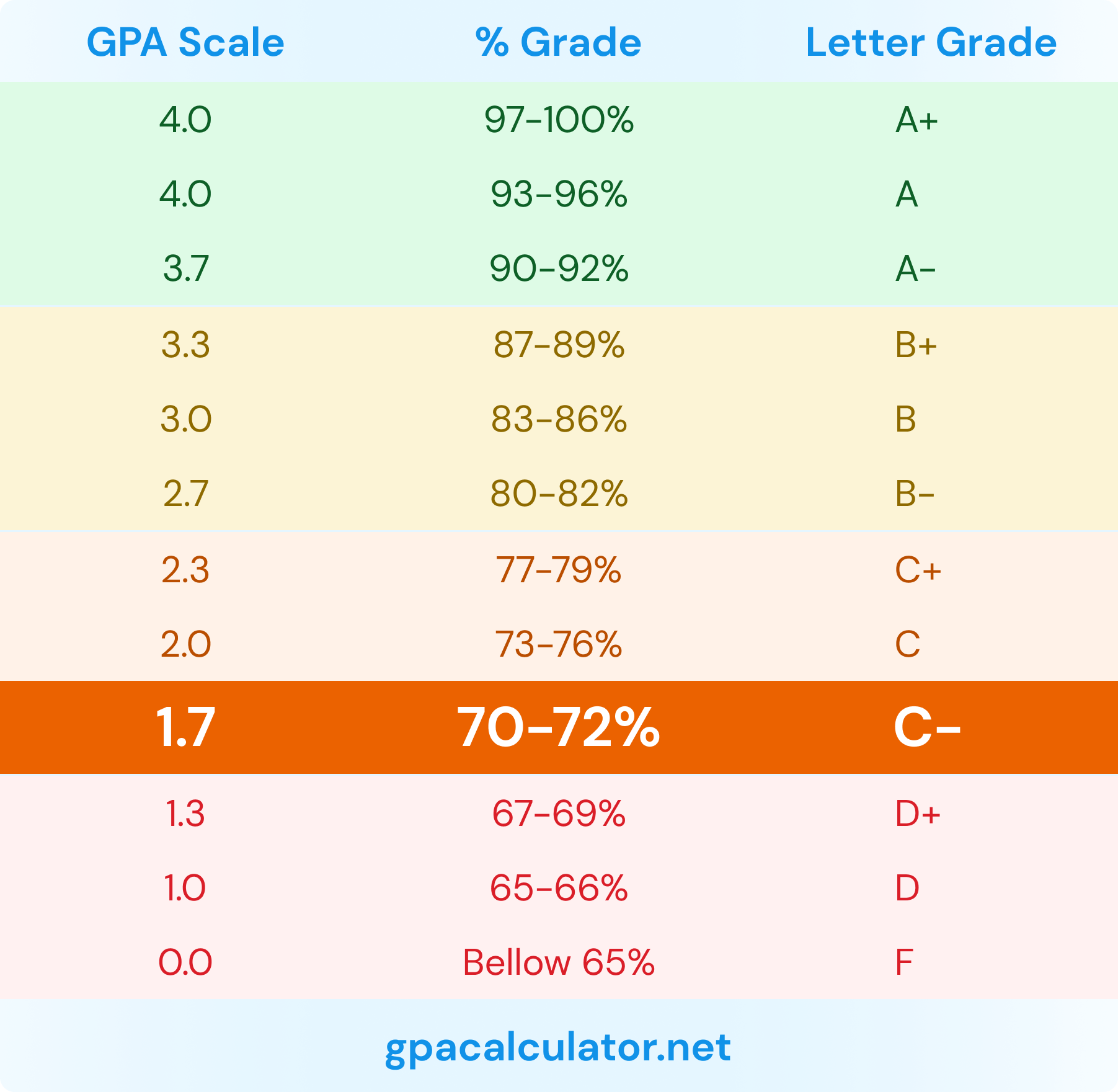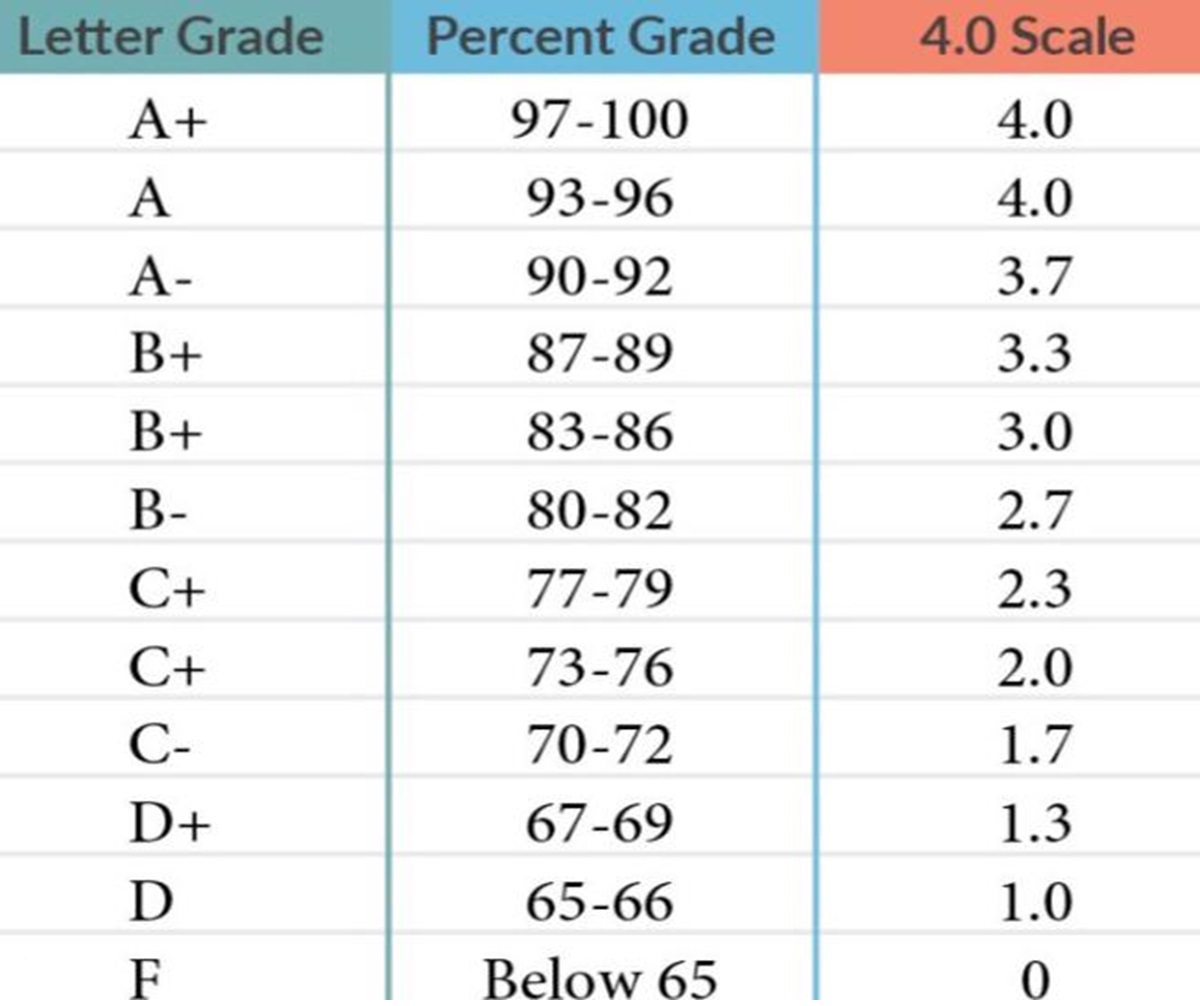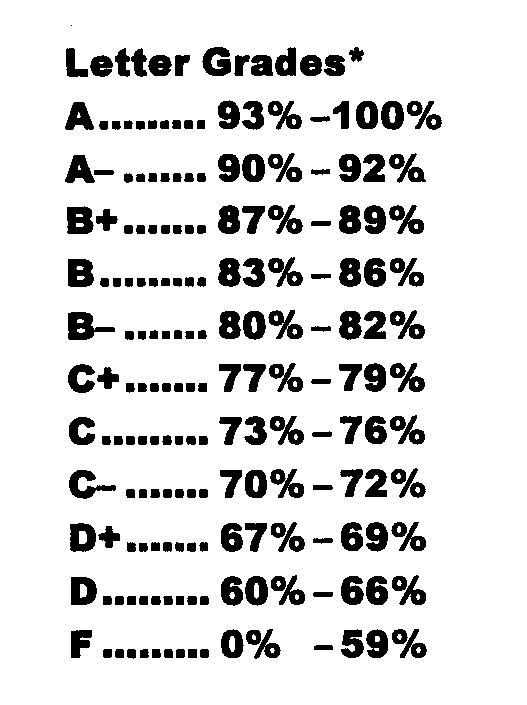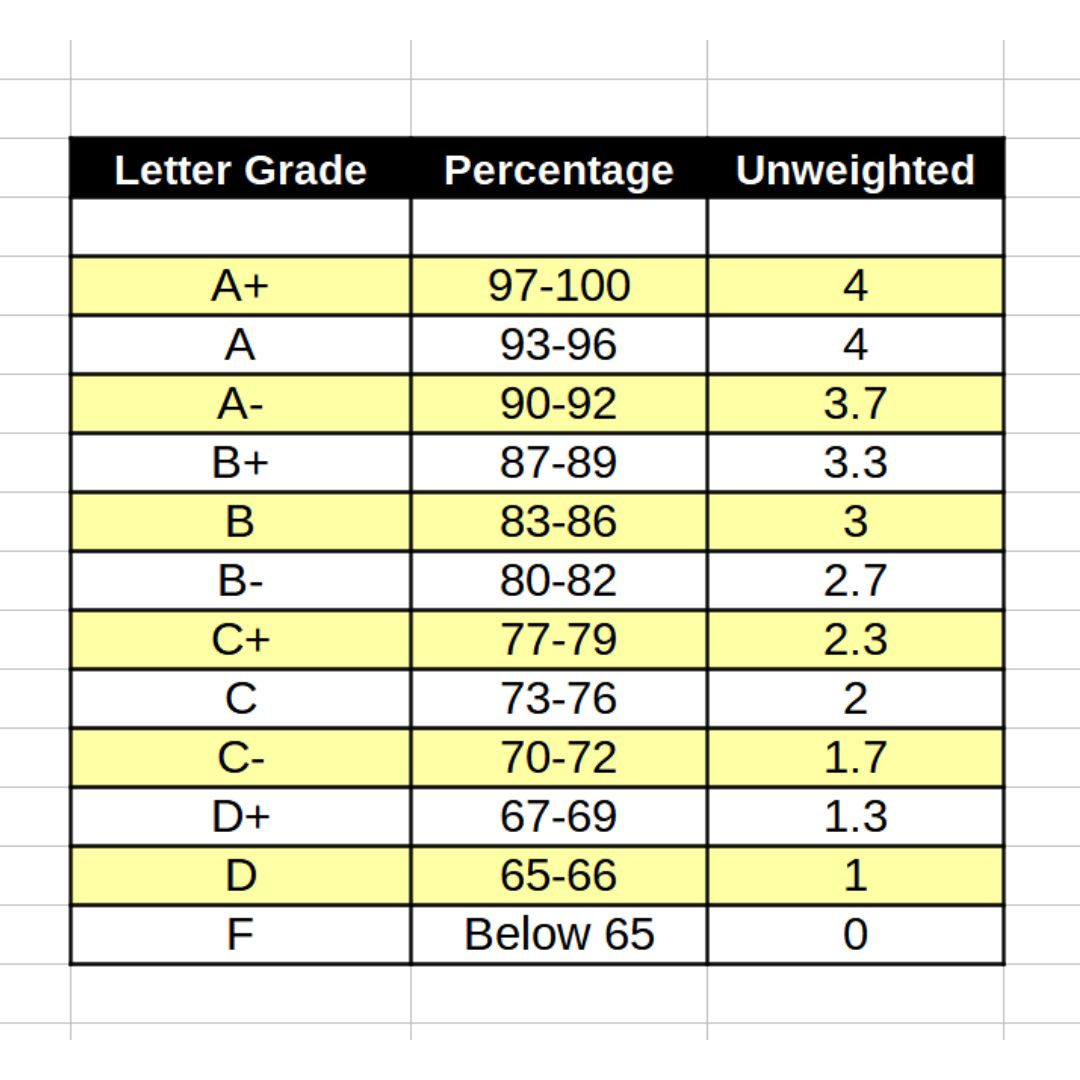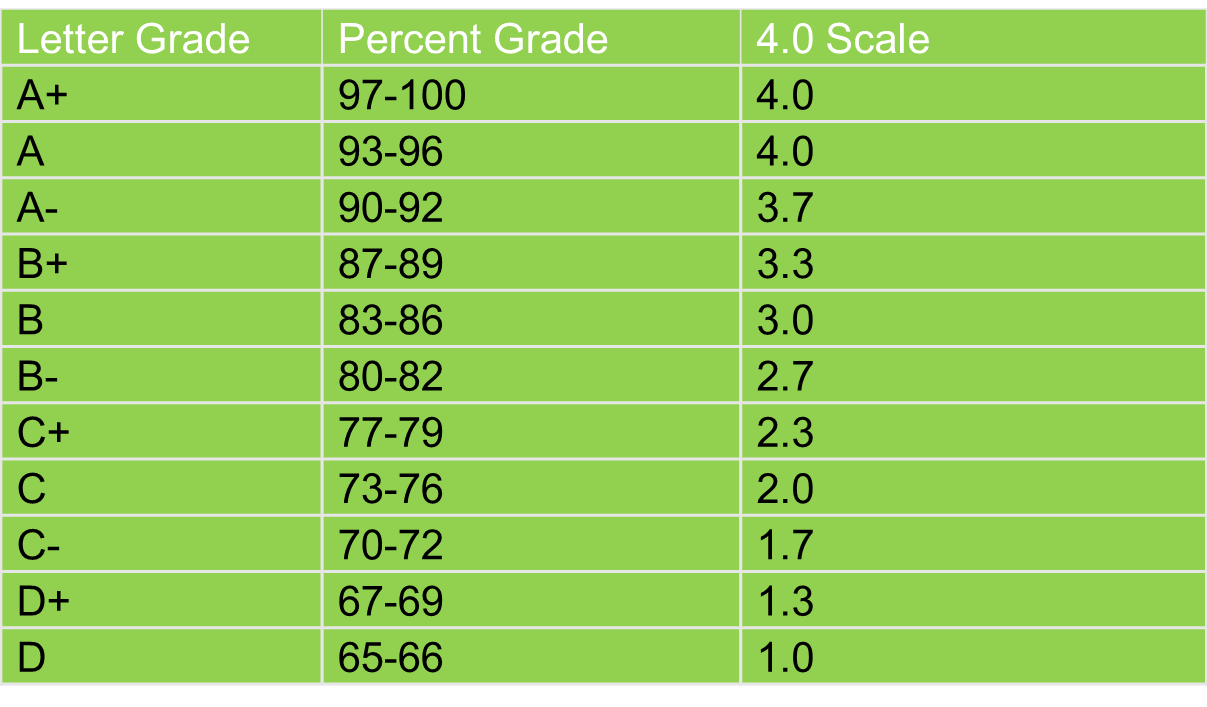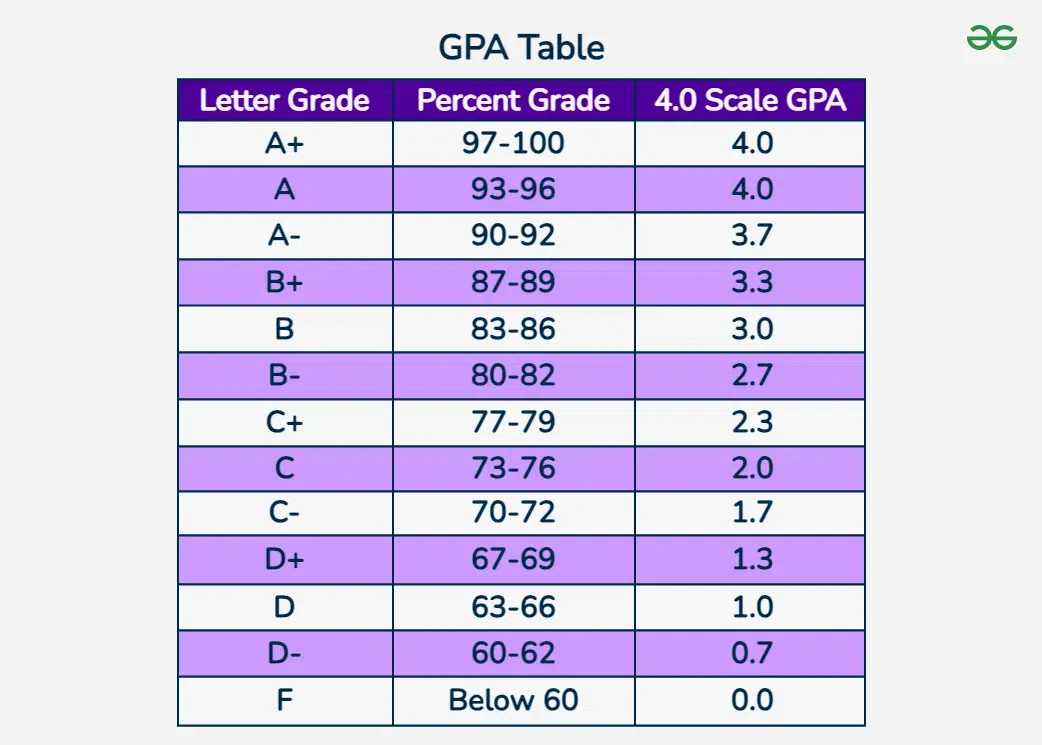What Grade Is 72 Out Of 100
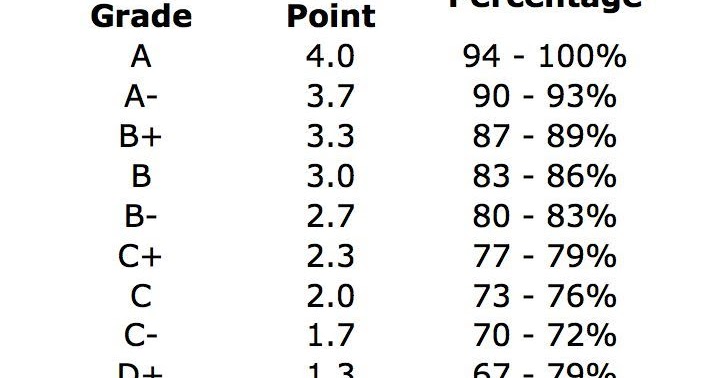
For students and educators alike, the seemingly simple question of converting a numerical score to a letter grade can be fraught with ambiguity. A score of 72 out of 100, a common occurrence in academic evaluations, presents a prime example of this variability. The corresponding letter grade hinges heavily on the specific grading scale employed by the educational institution or instructor.
This article delves into the various interpretations of a 72/100 score, exploring the different grading systems prevalent across educational landscapes. Understanding these nuances is crucial for students to accurately gauge their academic standing and for parents to effectively interpret their children's report cards.
The Core of the Issue: Grading Scales
The translation of a numerical grade to a letter grade is not universally standardized. Instead, it relies on pre-defined grading scales that can vary significantly.
These scales are determined by individual instructors, departments, or even entire institutions. Thus, a 72% in one class might be perceived differently in another.
Common Grading Systems
One of the most prevalent grading systems follows a roughly 10-point scale. This system generally assigns letter grades as follows: 90-100% as an A, 80-89% as a B, 70-79% as a C, 60-69% as a D, and below 60% as an F.
Under this scale, a 72 out of 100 typically equates to a C. This indicates a performance that meets basic expectations.
However, variations on this theme are abundant. Some institutions might employ a plus/minus grading system, adding further granularity.
In such a system, a 72 might be a C- or a C, depending on the exact cutoffs.
The Impact of Institutional Policies
The grading policy of an institution plays a crucial role. Some universities might have strict grade distributions that instructors must adhere to.
This can influence the cutoffs for each letter grade. A particularly challenging course might see a lower numerical score translate to a higher letter grade than a less demanding course using the same scale.
Furthermore, some institutions use alternative grading systems altogether. These can include standards-based grading or pass/fail systems, where numerical scores are less relevant.
The Significance of Context
Understanding the context surrounding a 72/100 score is paramount. Factors such as the difficulty of the assessment, the grading curve (if applied), and the overall performance of the class relative to that score can all contribute to its interpretation.
If a 72 represents a near-average score on a particularly challenging exam, it could signify a stronger understanding of the material than a 72 on an easier assessment.
Parents should resist the urge to immediately jump to conclusions based on a single numerical score. Open communication with teachers to clarify grading policies and expectations is essential.
Seeking Clarification
When unsure about the meaning of a grade, students should proactively seek clarification from their instructors. Many instructors provide a syllabus that outlines the grading system in detail.
If the syllabus is unclear, direct communication is the best course of action. Instructors can explain the specific criteria used for grading and provide insights into the student's performance.
Parents also should actively communicate with teachers. By engaging with their children's educators, parents can gain a comprehensive understanding of their child's academic progress.
Beyond the Letter Grade
While letter grades provide a convenient summary of academic performance, they do not tell the whole story. Focusing solely on the letter grade can overshadow the actual learning process.
True understanding comes from feedback on assignments, engagement in class discussions, and a genuine desire to master the subject matter.
Therefore, a 72 out of 100, whether it translates to a C or another grade, should be seen as a starting point for reflection and improvement. It provides an opportunity to identify areas for growth and refine study habits.
Instead of focusing solely on the final grade, students should prioritize understanding the underlying concepts. This approach fosters a deeper and more lasting learning experience.
Conclusion
In conclusion, a 72 out of 100 typically corresponds to a C, but this interpretation is subject to the specific grading scale employed. Factors like institutional policies, course difficulty, and instructor expectations all contribute to the final letter grade assignment.
Open communication between students, parents, and educators is crucial for accurate interpretation. Ultimately, a focus on learning and understanding the material, rather than solely on the letter grade, provides the most valuable educational experience.



